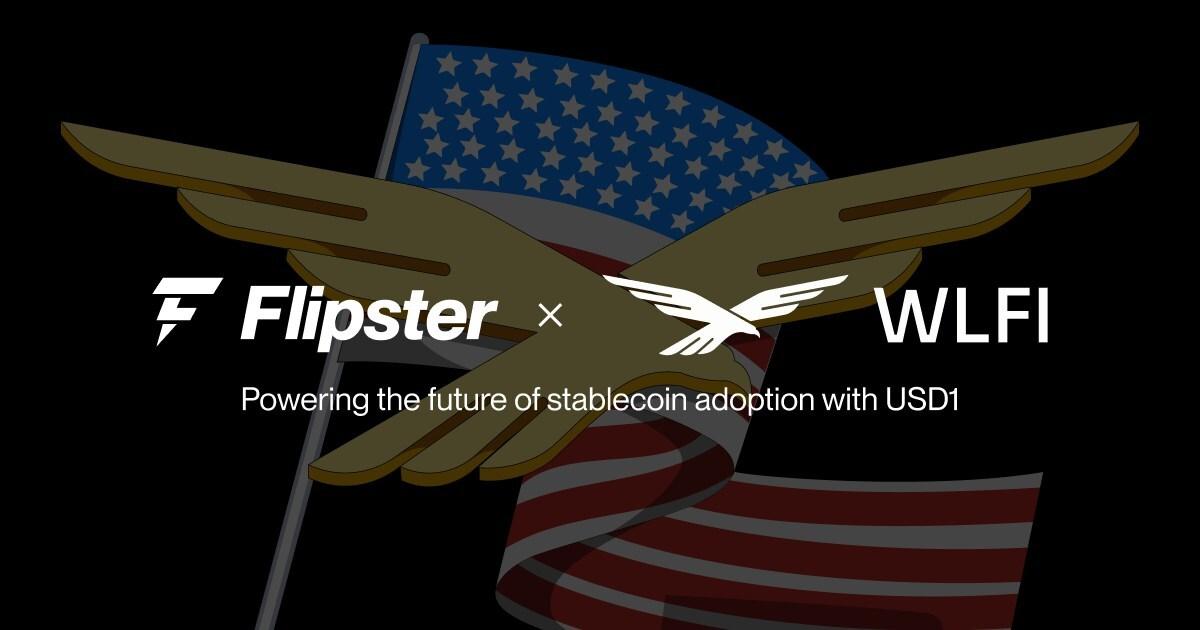3 Ways To Make Money In The Decentralized AI Economy

The intersection of crypto and artificial intelligence is paving the way for a new kind of “decentralized economy”, where blockchain systems and AI agents create value that translates into passive income for ecosystem participants.
When AI systems are built atop of decentralized blockchains, it lowers the barrier to entry to this powerful new technology, creating opportunities for everyone to participate and earn rewards without making significant investments up front. Be it AI agents that automate crypto investing, or a simple plug-and-play device that provides computational resources to the network, there are dozens of opportunities for those looking for a new income stream.
Let’s explore the emerging decentralized AI economy to understand how AI integrates with blockchain to create value that’s measured in digital assets, and the ways in which anyone can participate.
What Are Decentralized AI Economies?
Decentralized AI economies are artificial intelligence ecosystems that live on blockchain networks, powered by interconnected devices and AI agents that exchange data and take actions on behalf of users autonomously, with no human oversight required. In these digital worlds, AI agents become economic actors, capable of processing transactions, performing services, negotiating contracts and more.
The key thing to understand about decentralized AI economies is that they’re incentivized. Blockchain transactions are powered by digital tokens, which represent the value created by the network, providing rewards to those who contribute essential resources to it. This could be someone who runs a dedicated server as an independent node, helping to validate transactions, or the owner of a laptop who donates unused storage resources to the network.
In these scenarios, crypto serves as the basic medium of exchange, rewarding every participant. For instance, a developer who contributes an AI trading algorithm can earn a small percentage of the earnings generated by anyone who uses it to trade profitably.
1: Invest With Autonomous Agents
One of the easiest ways to get started in the decentralized AI economy, if you already have the capital, is to entrust your investing with AI agents. Projects such as SingularityNET, Fetch.ai and Giza Protocol have already made strong inroads here, developing autonomous DeFi agents that can engage in yield farming on behalf of users 24/7.
These AI-powered DeFi agents can be highly specialized, focused on finding opportunities for arbitrage trading, rebalancing crypto portfolios to manage risk, or executing a predefined investment strategy. When they’re linked to a user’s crypto wallet, they go beyond providing recommendations, and can actually transact on their behalf, becoming genuine participants in the AI economy by deploying capital, reinvesting earnings and more, based on the user’s pre-programmed instructions.
One example of this is Giza’s ARMA agent, which is optimized for yield farming across stablecoin liquidity pools on blockchains such as Base and Mode Network. The way it works is that ARMA constantly monitors the numerous liquidity pools on platforms such as Compound, Aave and Morpho, looking for the most profitable investments. Should it identify a more profitable yield, it will automatically transfer the user’s funds from the liquidity pool where they’re currently sitting into the newly identified pool. However, it will only do this if there are real gains to be had, which means taking into consideration the gas fee costs associated with that transfer.
It also employs predictive analytics to try and determine the market conditions and how long that pool will remain as the most profitable investment option. Once it spots that the pool is no longer the most profitable, it will automatically redeploy the user’s funds again, in an ongoing effort to optimize their yield farming rewards, also taking into account any additional ecosystem rewards that might be on offer to users.
Such an investment strategy requires a little tech savviness on the part of the investor to get started, but once they’re up and running there’s little else to do.
2: Run A Network Node
An alternative to automated DeFi is to provide critically-needed compute resources to a network such as 0G, which has built a blockchain for decentralized AI applications.
0G’s dedicated AI network coordinates community resources such as compute, storage and data availability and makes it available to AI applications at lower costs than traditional cloud-based servers, lowering the barrier to entry for AI startups and individual developers.
For instance, an AI investing bot such as ARMA requires powerful GPU processing in order to be able to perform the intensive computations needed to keep monitoring numerous DeFi liquidity pools. By tapping into decentralized resources provided by 0G’s community, it can scale to support thousands of users with much lower costs. OG’s network can also be used to train AI models in a transparent and verifiable way on data that’s not subject to copyright concerns.
The best thing about 0G is that anyone can participate in its network and earn a regular income. Through its Alignment Node Sale, investors can purchase a license to run a dedicated infrastructure node that does the essential task of verifying the outputs of AI models running on 0G’s network. This is a necessary task to ensure that models are not engaging in malicious behavior that could harm network users.
Investors who run an AI Alignment node will earn a share of the 0G token supply that has been set aside for token emissions over the next three years, in addition to a portion of the transaction fees charged by the network. In total, 15% of the total supply of 0G has been set aside for this purpose, providing a strong incentive for participants to maintain the network’s health.
In the future, Alignment Nodes will have further opportunities, with 0G’s plans for node staking. Moreover, node license holders will also be able to upgrade their node and transform it into a “Sentry”, tasked with monitoring the performance of AI models to protect against “model drift” and prevent their performance from declining over time. By investing in a node license, users also provide crucial funding to the project that will go towards marketing its platform to AI developers.
3: Provide Infrastructure Resources
For those who lack the capital to invest in the decentralized AI economy, the best bet is to simply donate compute and storage resources to other users. Anyone who has a PC, laptop or even a smartphone can essentially rent out their idle computing power and storage space to other network users and receive cryptocurrency in return for their small sacrifice.
One such possibility can be found with Golem Network, which operates a peer-to-peer GPU network for AI developers. Anyone with a powerful PC or laptop can rent out their spare GPU capacity, so it can be used by developers that need low-cost resources for computationally-heavy tasks, such as AI training and inference. For doing this, contributors will receive GLM tokens, based on the amount of computing power they provide to the network. It’s a great way to turn an idle laptop into a revenue-generating asset.
Less powerful PCs may not have a graphics card, limiting their earnings potential, but they can still rent out their unused storage space via a platform such as Sia or Storj. When doing this, the machine becomes a very small part of a much larger distributed cloud storage network, storing valuable resources such as AI training data for developers. A similar concept is now catching on for other resources. For instance, Honeygain is a platform that allows users to share their excess internet bandwidth, with the option to connect multiple devices including smartphones and tablets to increase their earnings.
Rewarding Participation
Whether it’s investing in a network node, utilizing AI agents to trade or engage in DeFi on your behalf, or donating the compute and storage resources of your existing devices, decentralized AI provides genuine opportunities for everyone. Incentivization is the grease that keeps the wheels of this new AI economy running, empowering users to create value and earn rewards with very little effort beyond getting it all set up.
Disclaimer: This article is provided for informational purposes only. It is not offered or intended to be used as legal, tax, investment, financial, or other advice.




